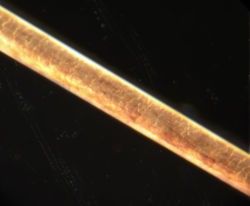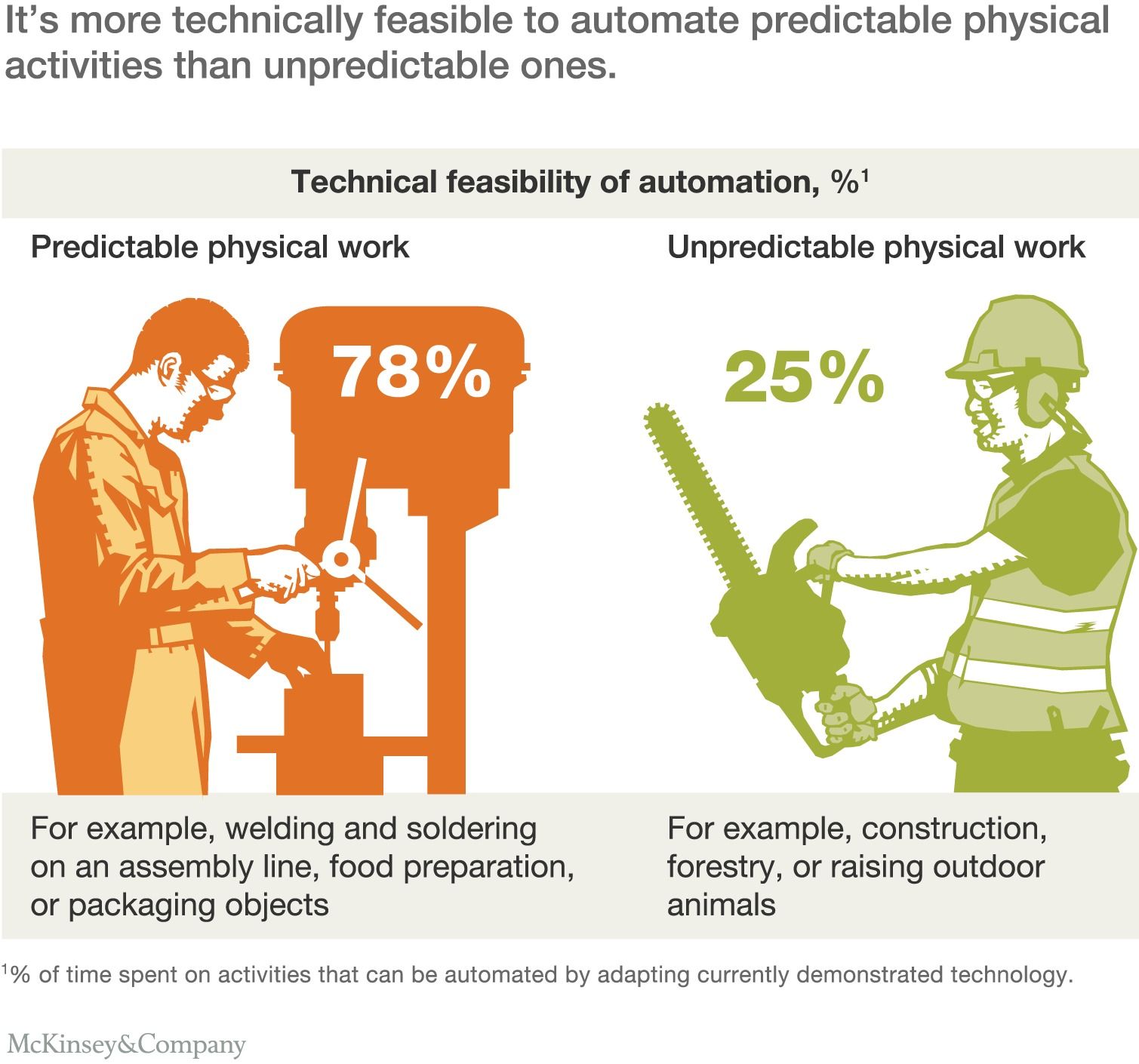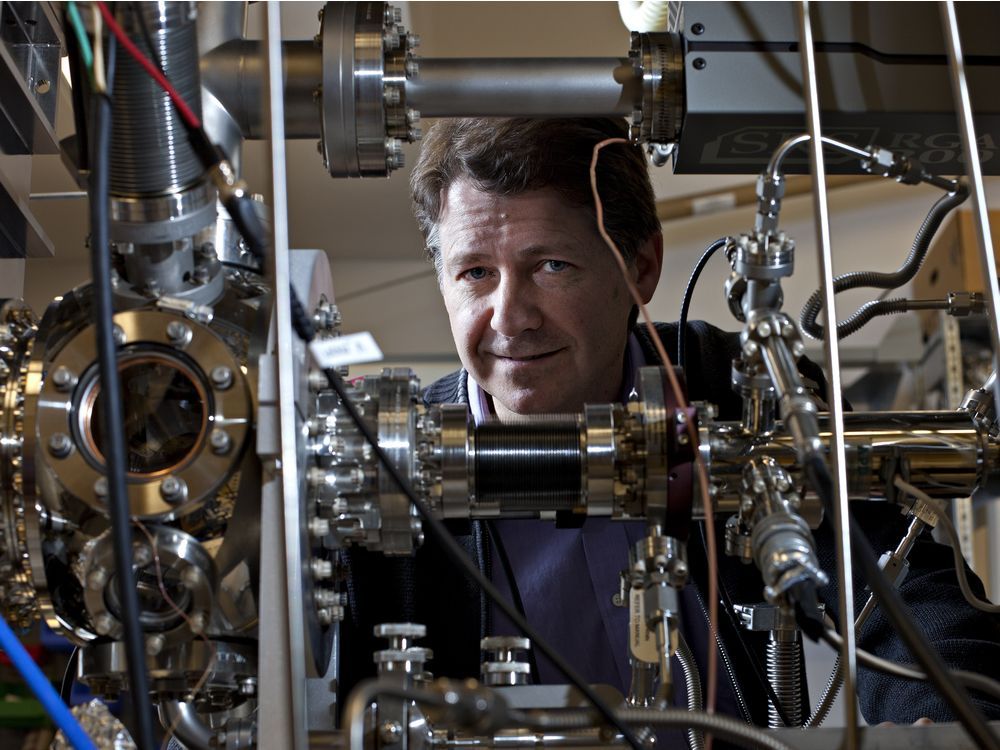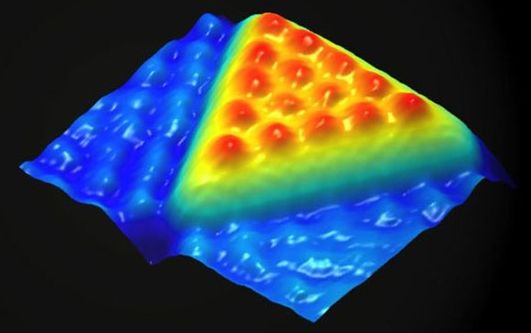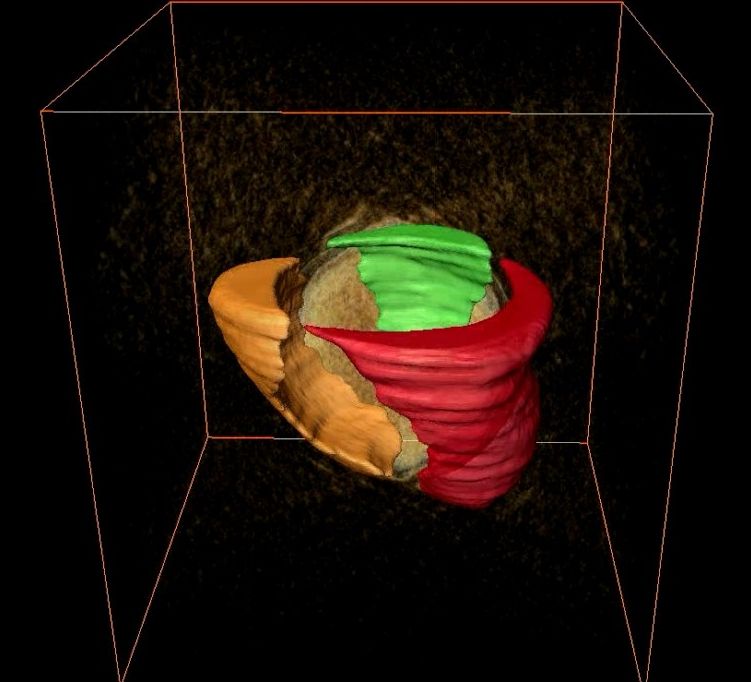Oct 31, 2016
Teslas Are Teaching Each Other How to Drive Better Than You
Posted by Shailesh Prasad in categories: robotics/AI, sustainability, transportation
Your Tesla can drive itself. Not just on the highway, not under strict guidance, but everywhere. Or at least, it will have all the necessary gadgets to do so soon.
We are excited to announce that, as of today, all Tesla vehicles produced in our factory – including Model 3 – will have the hardware needed for full self-driving capability at a safety level substantially greater than that of a human driver.
Continue reading “Teslas Are Teaching Each Other How to Drive Better Than You” »

